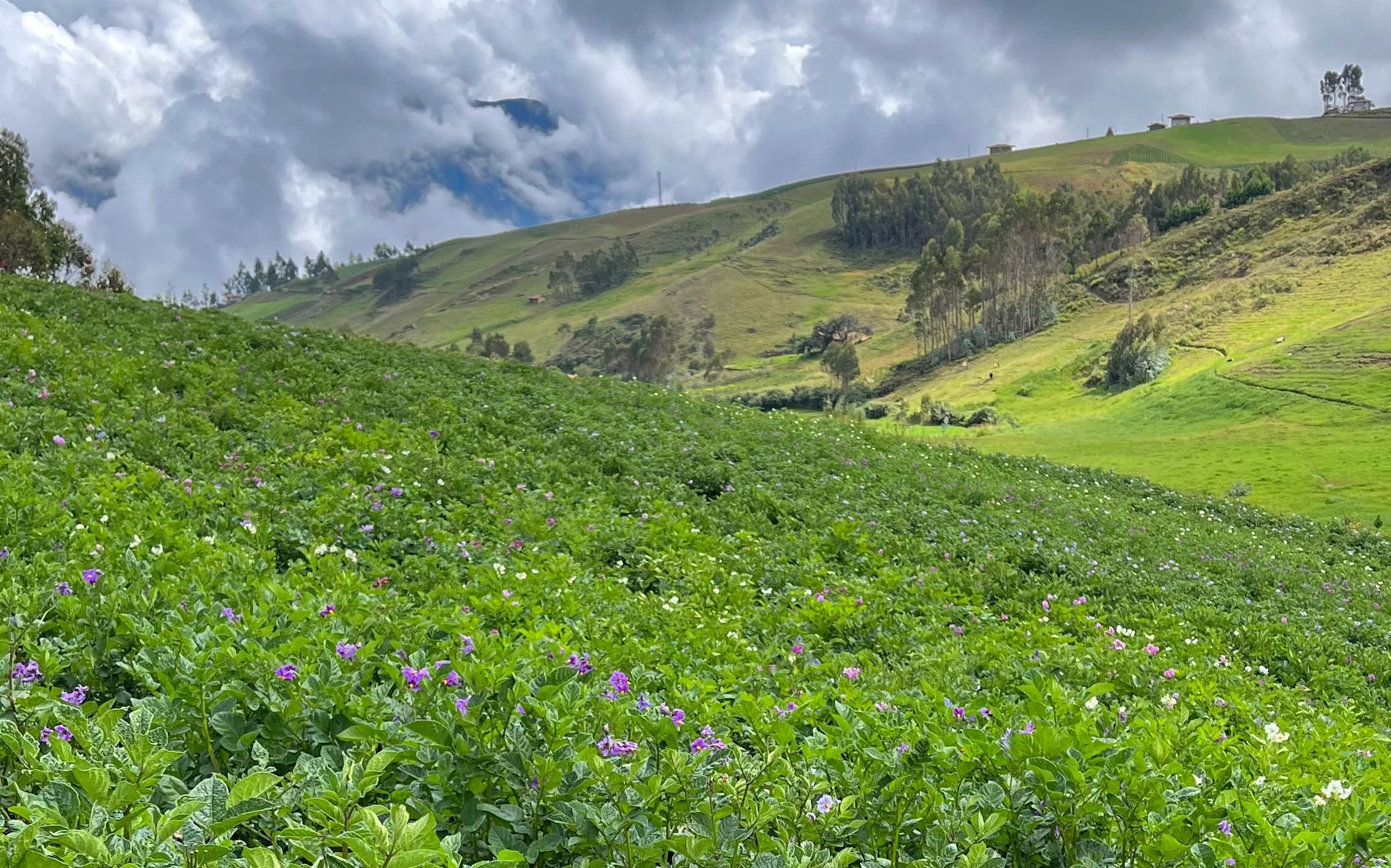Unveiling the Future of Peruvian Potatoes: Three New Varieties Set to Revolutionize Cultivation and Processing
In the serene expanse of La Soledad hamlet, nestled within the Chugay district of Sánchez Carrión province, La Libertad – Peru, a pivotal agricultural endeavor unfolds. Here, amidst the seedling fields, three groundbreaking potato varieties, recently introduced by the International Potato Center (CIP), herald a new era of growth and development for Peruvian potatoes.
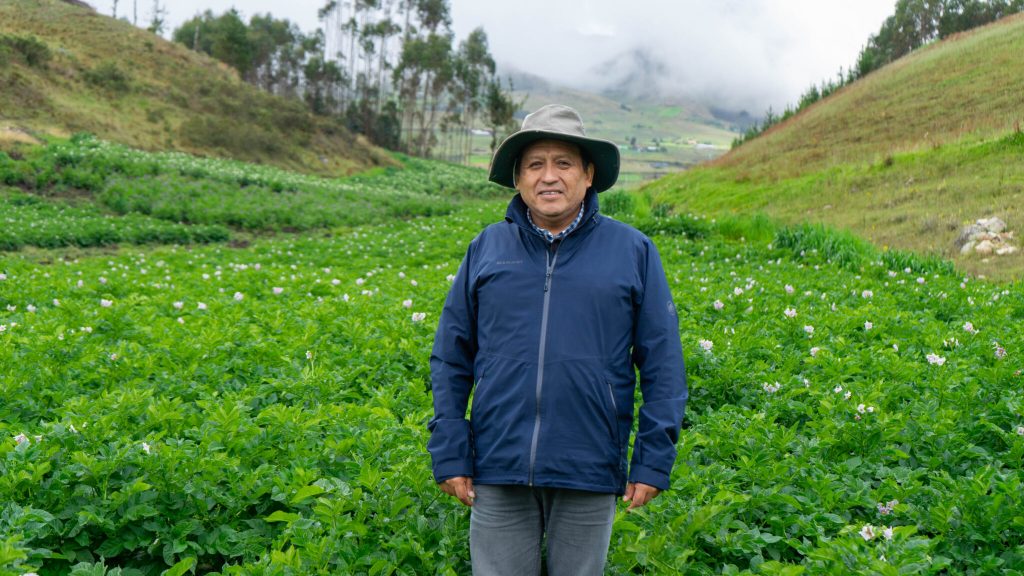
Guiding us through this agricultural milestone is Engineer Willmer Pérez, a seasoned researcher at CIP with over three decades of expertise in Andean agricultural projects. Spearheading this prestigious initiative, Willmer not only oversees the project’s intricacies but also imparts invaluable guidance and training directly to farmers in their own fields.
A Long-standing Predicament:
Peruvian farmers, tending to traditional crops like potatoes, maize, and rice, have long grappled with profound socioeconomic challenges. Factors such as educational disparities, limited opportunities, and inadequate infrastructure often impede their access to modern farming practices, hindering both efficiency and economic prosperity.
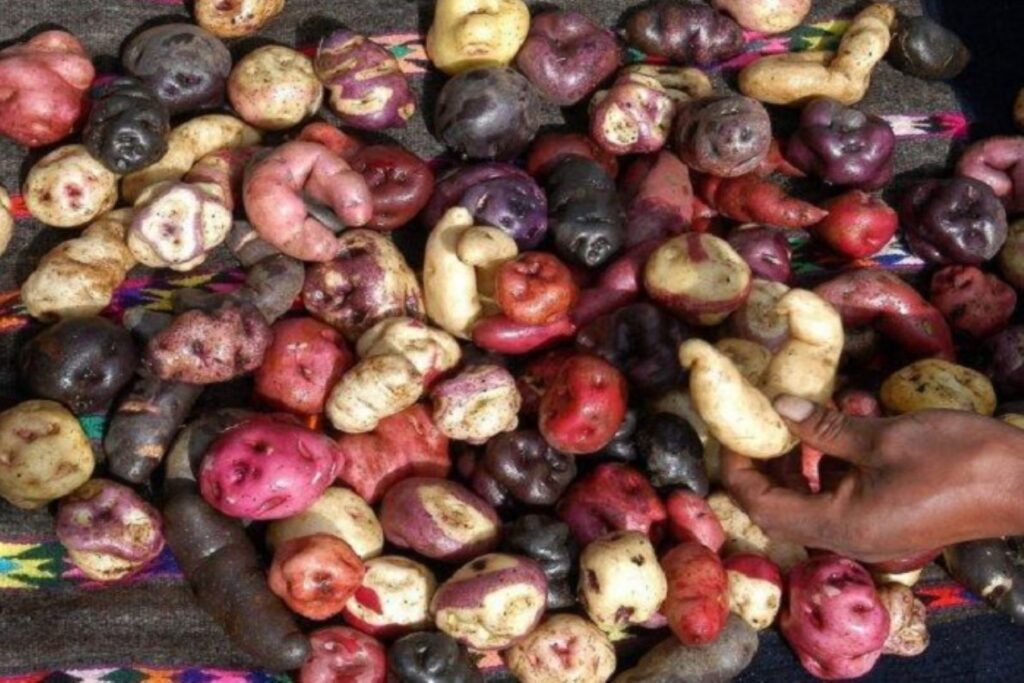
The Peruvian potato, a staple crop predominantly cultivated in the country’s highlands under a framework of family farming, faces myriad challenges ranging from climatic adversities to pest infestations and market demands, underscoring the pressing need for innovation and support within the sector.
CIP’s Solution:
In a concerted effort to aid Peruvian potato farmers – the backbone of Peru’s agricultural landscape – the International Potato Center, supported by mining company Poderosa and in alignment with CONCYTEC’s mandate, has undertaken rigorous research culminating in the release of three new potato varieties poised to revolutionize both farming practices and Peru’s processing industry.
The Three New Varieties:
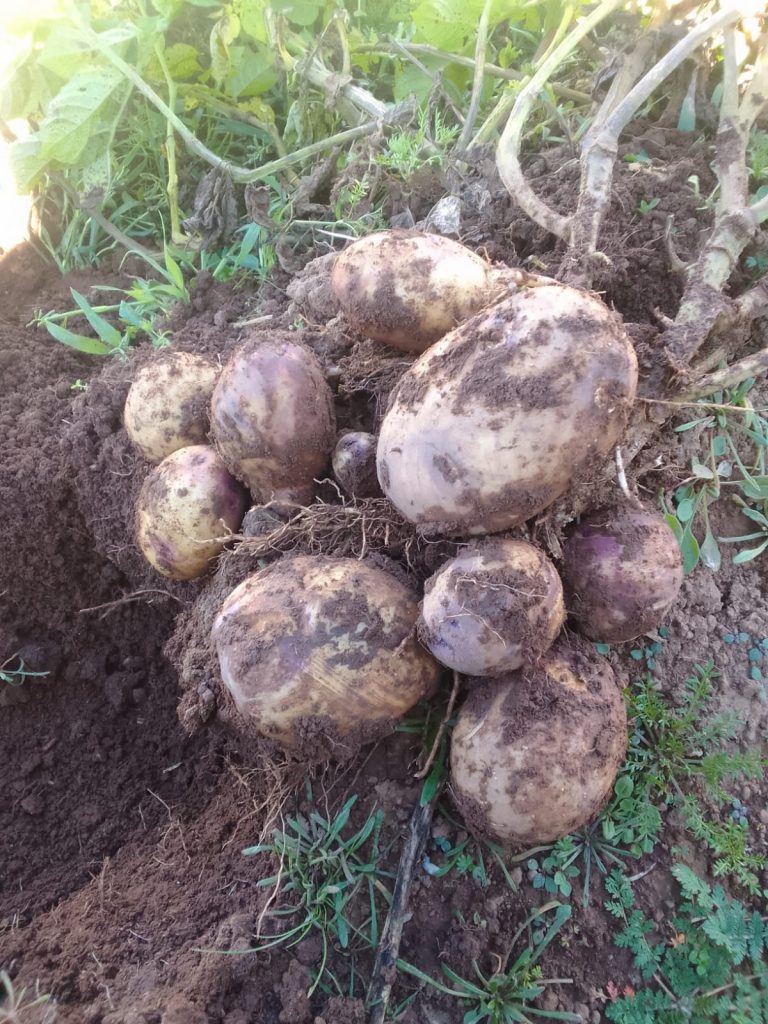
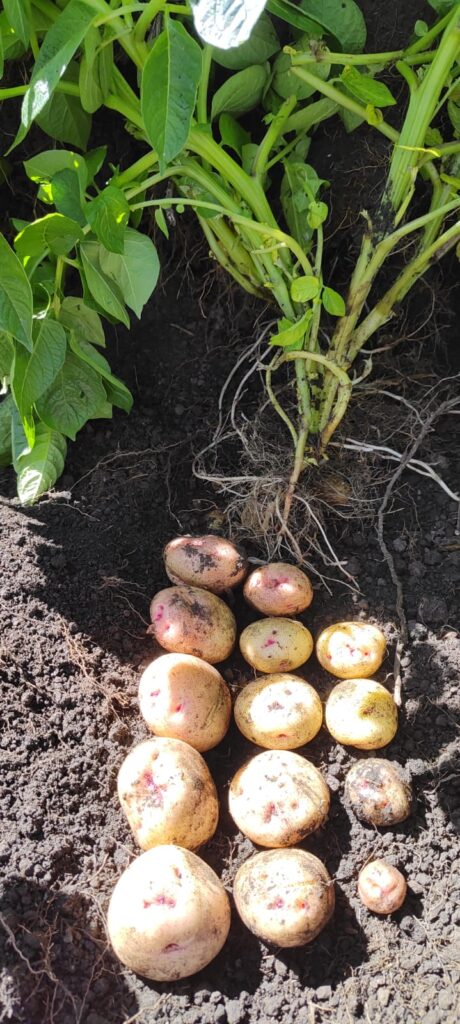
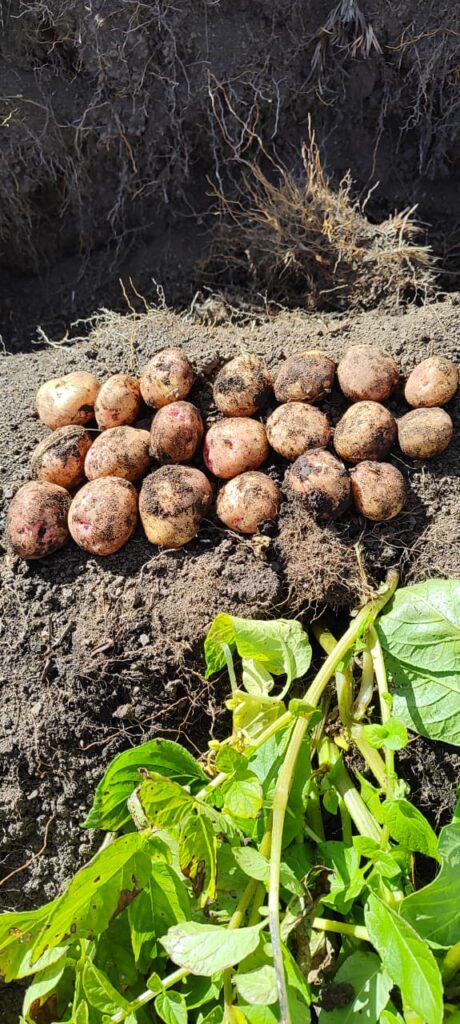
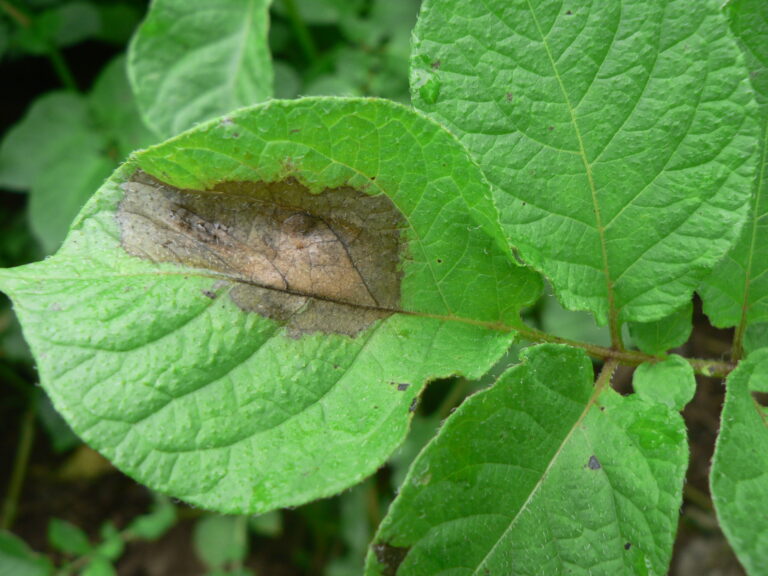
Key Benefits of the New Varieties:
These innovative potato varieties offer three pivotal advantages for farmers. Firstly, they exhibit resistance to late blight, a pervasive disease wreaking havoc on potato crops globally, particularly in regions characterized by excessive rainfall and humidity. This resilience reduces farmers’ reliance on costly fungicides, mitigating health risks and environmental damage.
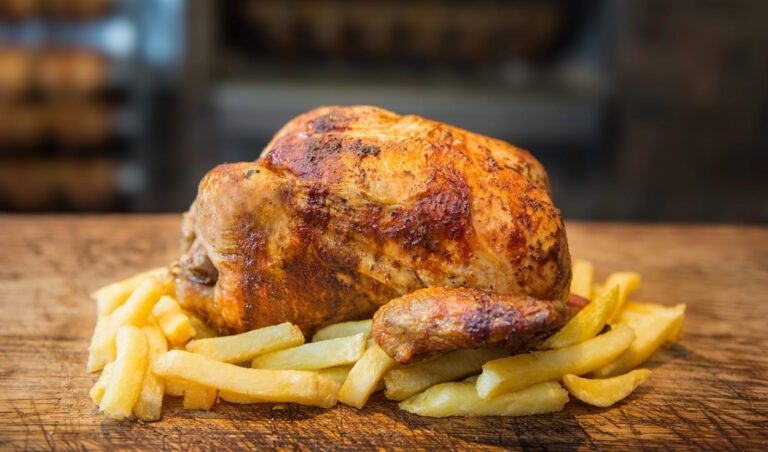
Secondly, the new varieties boast enhanced yields compared to existing strains like Yungay and Canchán, promising greater productivity and economic viability for farmers.
Furthermore, these varieties are tailor-made for processing, particularly for the production of French fries—a critical component of Peru’s culinary heritage. By addressing the inadequacies of current varieties, these new strains aim to curtail the burgeoning importation of pre-fried frozen potatoes, bolstering Peru’s domestic processing industry.
The CIP Proposition:
Beyond offering superior taste and processing attributes, these CIP-developed varieties prioritize sustainability and health, requiring fewer chemical interventions while minimizing acrylamide levels—a key consideration for European markets.
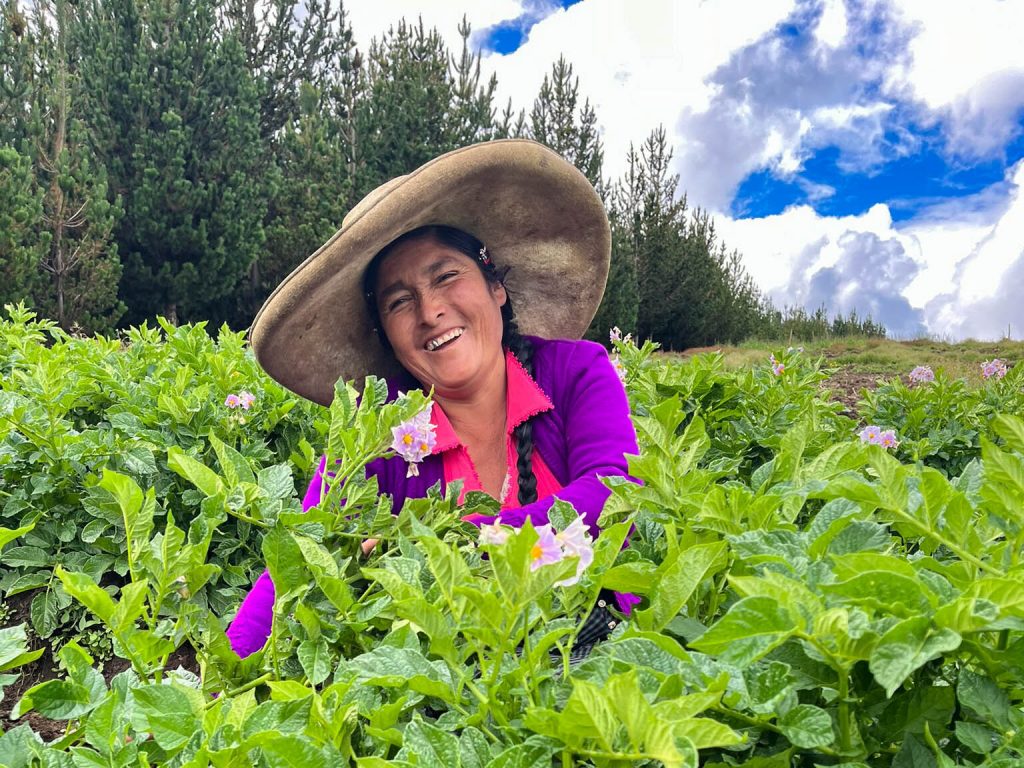
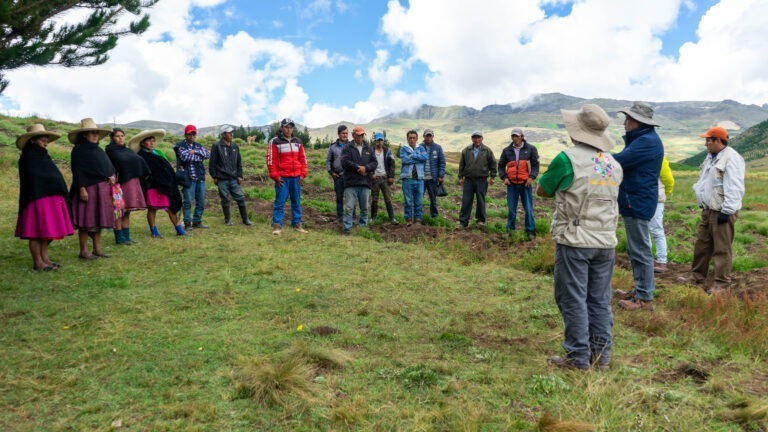
Implementation and Future Outlook:
Since their release in September 2023, these varieties have been disseminated to registered producers nationwide, universities, private enterprises, and agricultural research institutions. Seed multiplication efforts are underway in Chugay, with plans to expand to other production regions.
Looking ahead, concerted promotional efforts seek to cultivate awareness and adoption of these varieties among stakeholders, envisioning a future where these strains not only elevate Peruvian agriculture but also serve as a benchmark for global potato cultivation.
Conclusion:
As Peru assumes its role as a trailblazer in potato research and innovation, the journey towards sustainable farming practices and enhanced economic prosperity rests firmly in our hands. With unwavering commitment and collaborative endeavors, we pave the way for a brighter future, not just for Peruvian potatoes but for global agricultural sustainability.

